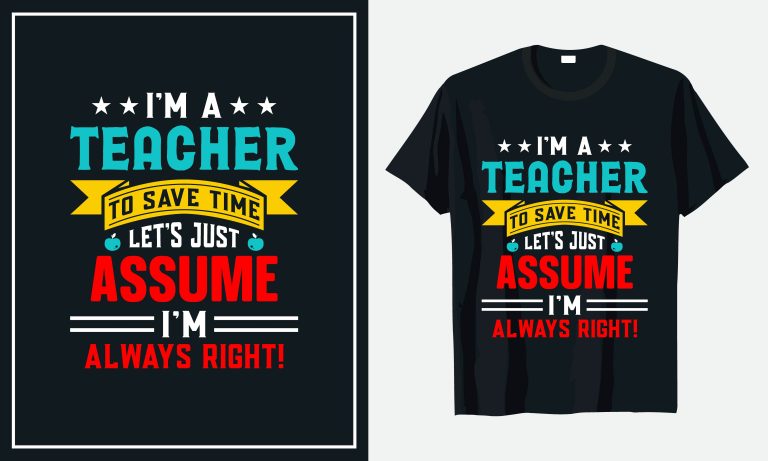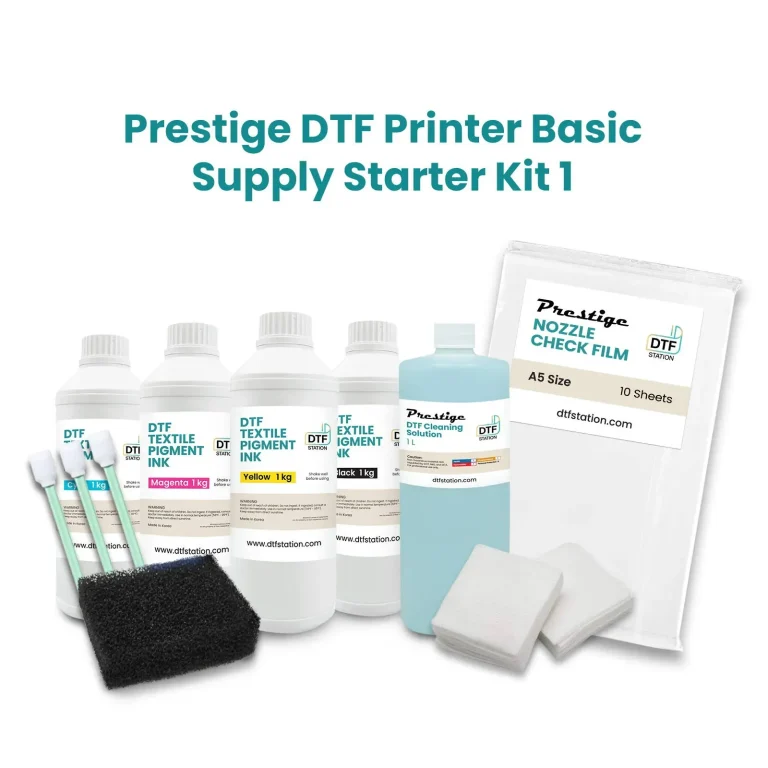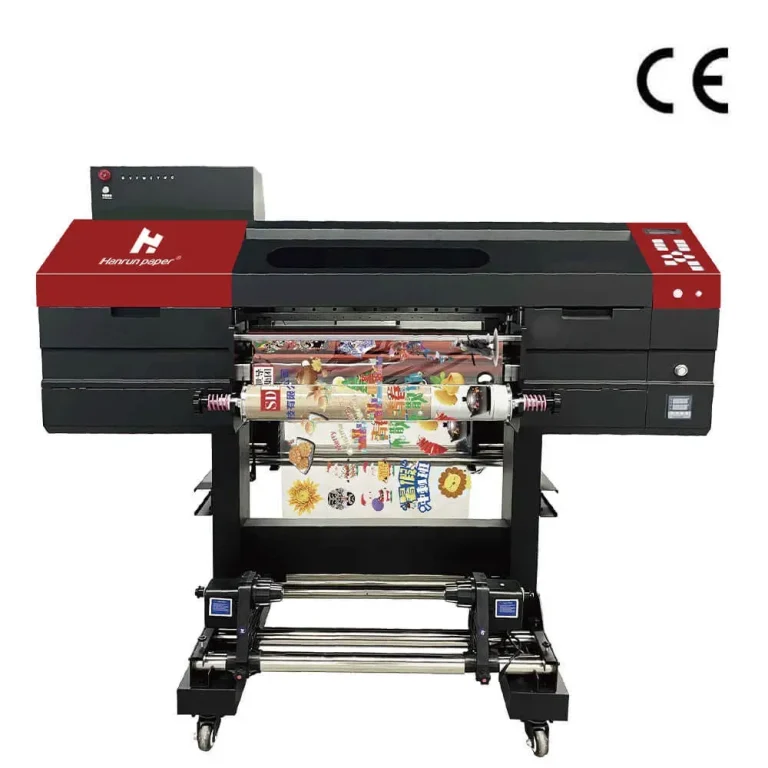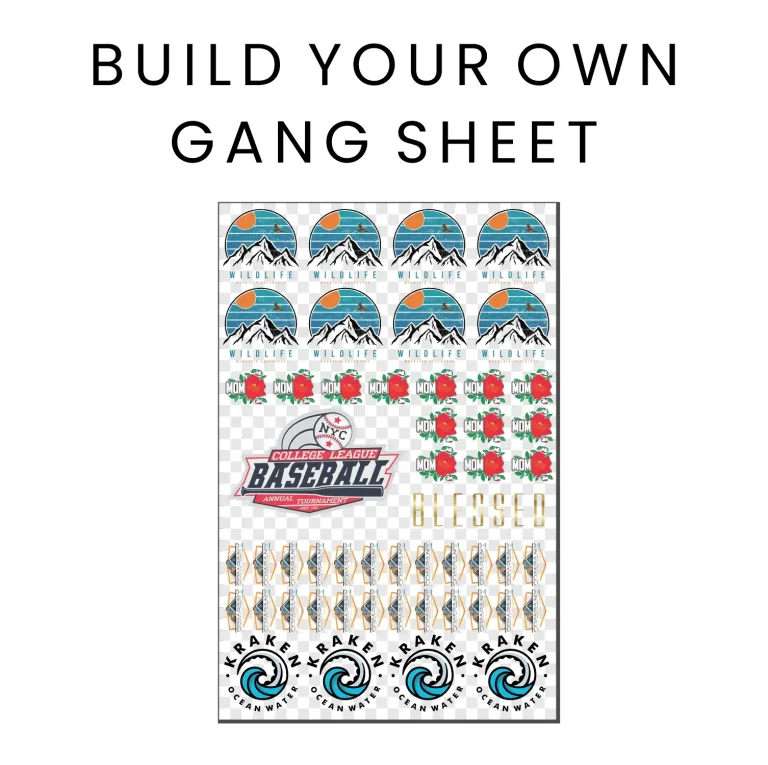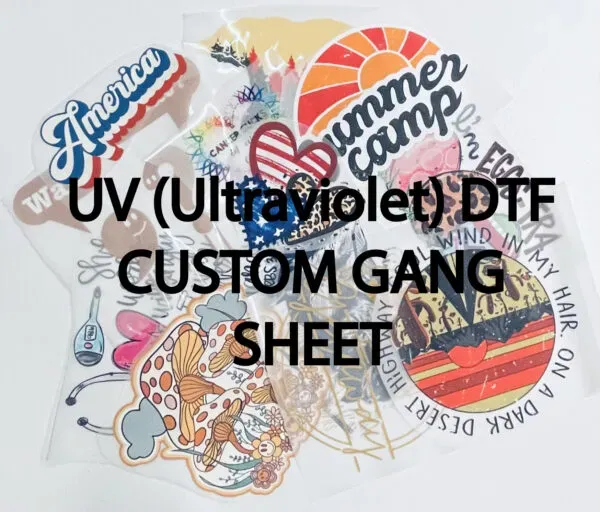DTF transfers have transformed garment customization by offering a cost-effective path to vibrant, durable prints on a wide range of fabrics. As direct-to-film printing gains popularity among artists and small businesses, the process starts with printing a full-color design onto a clear PET film, then applying an adhesive powder and heat-curing before transfer. Understanding how DTF transfers work reveals a forgiving workflow that supports bold colors, white underbases for dark fabrics, and reliable adhesion—making it a strong alternative to traditional methods. Getting your DTF printer setup right helps maintain consistent results, from ink choices to film tension and curing times. For many hobbyists and shops, DTF transfer durability and the DTG vs DTF comparison make this method appealing for scalable production.
Alternative terms describe the same technology: this film-based ink transfer approach—often called a print-on-film method or heat-applied graphic transfer technique—lets designers apply intricate artwork to fabrics. The core concept mirrors direct-to-film printing, where a design rides on a clear carrier film before being bonded to textile via heat and pressure. In practice, practitioners emphasize a repeatable workflow, precise color management, and reliable curing to ensure durable adhesion and repeatable results. For makers evaluating options, fabric compatibility, wash fastness, and overall production costs are central considerations when choosing across the family of film-based transfer methods.
Frequently Asked Questions
What are DTF transfers and how do they work?
DTF transfers, short for direct-to-film printing, are a heat-transfer method that uses a PET film and adhesive powder to transfer ink onto fabric. The process typically involves printing with DTF inks onto a clear PET film, applying an adhesive powder, curing the powder, and then pressing the image onto a garment with a heat press. This technique supports a wide range of fabrics and delivers durable results when properly cured. Key steps include design prep with a white underbase for dark fabrics, printing on film, powder application, curing, and pressing at the recommended temperature and time.
DTG vs DTF: which method should I choose for durability and how does DTF printer setup impact results?
DTG and DTF both aim for high-quality apparel, but DTF transfers generally offer strong durability across more fabric types and can be more cost-effective for small runs. DTF printer setup impacts results through correct ink and film selection, proper color management calibration, and consistent powder curing. To optimize durability, ensure a white underbase on dark fabrics, apply and cure the adhesive powder correctly, and use appropriate heat press settings (temperature, time, and pressure). A reliable DTF printer setup helps achieve stable colors, reliable adhesion, and long-lasting graphics.
| Aspect | Key Points |
|---|---|
| What are DTF transfers? | A heat-transfer technology using a PET film to carry ink; printed with water-based inks, bonded with adhesive powder, cured, then pressed onto fabrics. |
| How DTF transfers work | Workflow: design preparation, print on PET film, apply adhesive powder, cure, transfer to fabric with a heat press. |
| DTF printing process: step-by-step overview | 1) Design preparation (color separations and white underbase for dark fabrics). 2) Print on PET film. 3) Powder application. 4) Curing. 5) Transfer preparation. 6) Pressing. 7) Post-press care. |
| Equipment and supplies you’ll need | DTF printer and inks; PET film; Adhesive powder; Heat press; Cleaning tools; Design software; Maintenance supplies. |
| DTF printer setup and workflow | Set up color profiles and calibrate color management. Follow a repeatable order: design → print → powder → cure → transfer → press; maintain consistent temp, time, and pressure. |
| Creating a DTF transfer: practical steps | Design for fabric color; print on PET film; coat with adhesive powder; cure; prepare garment; press; peel as directed. |
| Quality, color management, and consistency | DTF offers vivid color and opacity with white underbase. Check alignment and edge quality; batch processing improves consistency and reduces waste. |
| Durability of DTF transfers and care tips | When properly cured, DTF transfers offer strong wash durability; wash inside out, avoid high heat, and follow garment care guidelines. |
| DTF vs DTG: choosing the right method | DTF is generally more fabric-flexible and economical for small runs; DTG can offer softer hand-feel but requires pretreatment and more maintenance. |
| Budget considerations and ROI | Initial investment includes printer, heat press, film, ink, and curing equipment. Per-item costs can be competitive for small runs; analyze break-even and ROI. |
| Troubleshooting common issues | Poor adhesion; white underbase issues; powder not sticking; cracking/peeling; color shifts. Each issue requires checking curing, temperatures, and alignment. |
| Safety, maintenance, and best practices | Follow manufacturer recommendations; perform regular maintenance; clean heads; store films/powders properly; document SOPs for consistency. |
Summary
DTF transfers offer a practical, versatile approach to direct-to-film printing that balances cost, quality, and fabric compatibility. By understanding what DTF transfers are, how they work, and how to optimize each step—from design to final pressing—you can produce durable, vibrant graphics across a broad range of garments. Compared with DTG and other methods, DTF provides reliable results on diverse fabrics and is ideal for hobbyists and small businesses seeking scalable production. With careful setup, color management, and consistent processing, DTF transfers can deliver professional-looking apparel that stands up to regular wear and washing.

